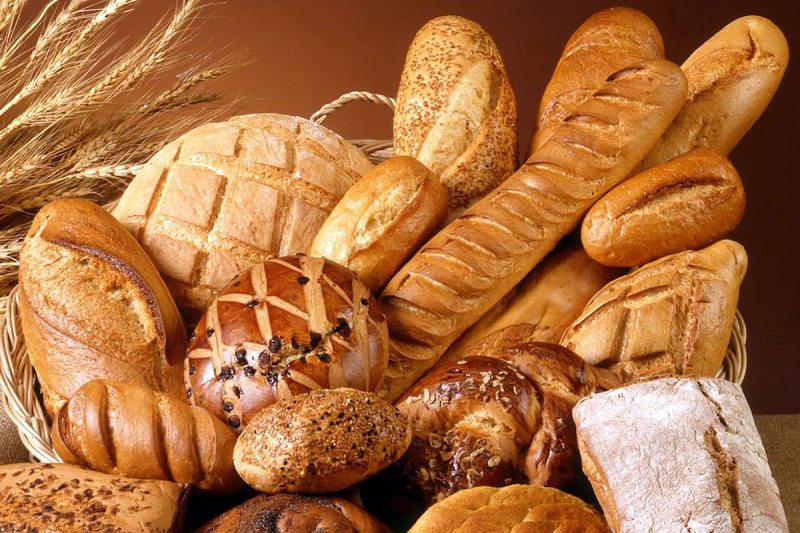
The increase in people being diagnosed with celiac disease has shed light on the potential inflammatory and gut-disruptive effects of gluten foods on some. Celiac disease is an autoimmune condition that involves a gluten allergy; you may also experience non-celiac gluten sensitivity (NCGS). Luckily, the market is now abundant with gluten-free options for those who need them.
Gluten is a protein found in certain grains. While it is perfectly healthy for plenty of people, those with celiac disease or NCGS may experience bloating, abdominal discomfort, inflammation, diarrhea, and in the case of celiac, structured damage to the absorptive villi structures in the gut. If you’re finding yourself reacting to foods high in gluten, you should consider cutting out gluten for a period of time to see if your symptoms go away. Not sure what the culprits are? Below, we share a list of 11 foods high in gluten.

Flour
Gluten is a protein found in grains such as wheat, rye, barley, and triticale, which is a hybrid of wheat and rye. As such, most conventional flours are high in gluten. Any white or wheat flour that includes wheat will be high in gluten.
There are, however, alternative gluten-free flours for baking and cooking for those with gluten sensitivities. Examples of gluten-free flour include rice flour, tapioca flour, and chickpea flour. Chickpea flour, which is made from garbanzo beans, has the advantage of providing some fiber and protein.
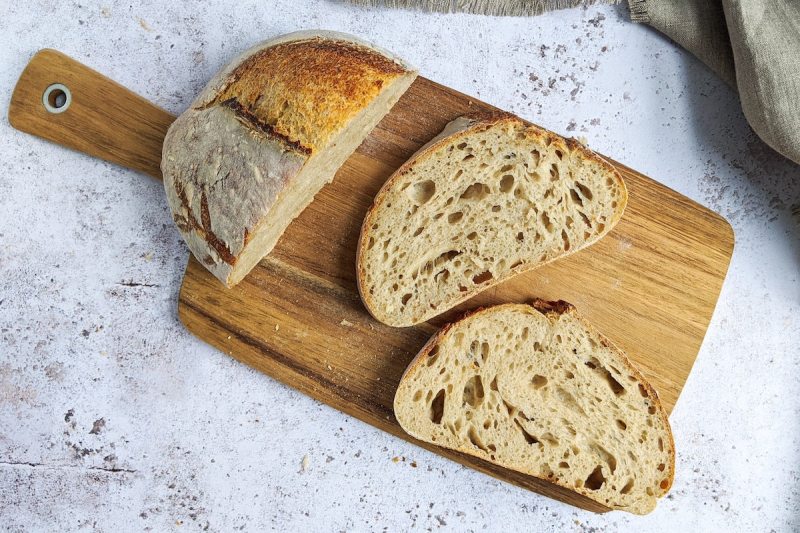
Bread
Flour is the backbone of bread, of course, so many breads are high in gluten. Keep in mind that rye also contains a lot of gluten, so it’s not just breads with wheat and barley that need to be avoided.
When considering bread products, flour tortillas, English muffins, biscuits, flatbreads, dinner rolls, croutons, breadcrumbs, pitas, hot dog buns, hamburger buns, and pizza dough are all high in gluten as well (unless, of course, you’re deliberately buying a gluten-free bread product).
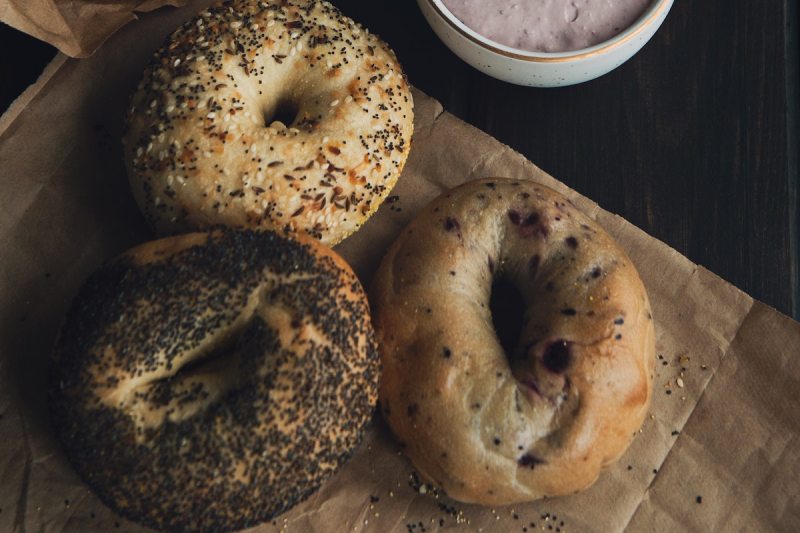
Bagels
Bagels and doughnuts are high in gluten because they are made from flour. There are some gluten-free bagels now, but most of them lose the characteristic toothsome texture that bagels made with traditional wheat flour have. Gluten is a structural protein, and it influences the texture and rise of a baked item. Unfortunately, gluten-free analogs often have a different texture since the molecular structure cannot be duplicated with the gluten-free substitute.
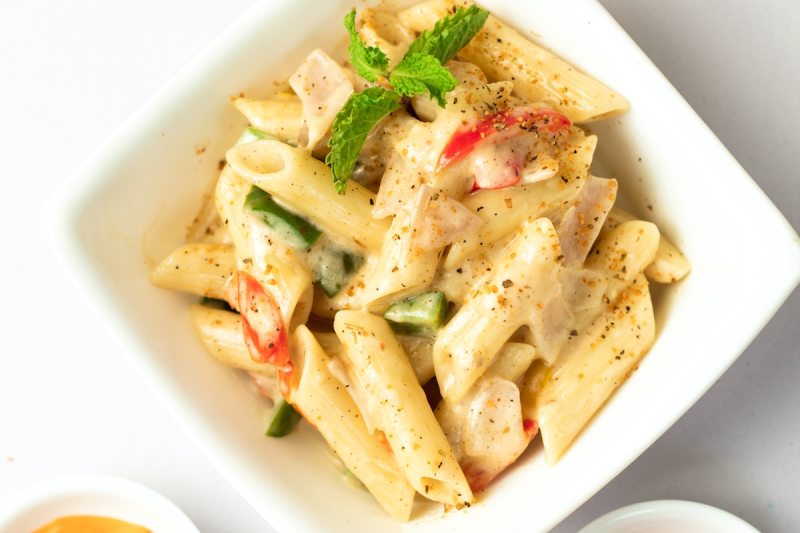
Pasta and couscous
Since wheat is high in gluten and most pasta is made from semolina or wheat flour, conventional pasta is high in gluten. This also includes couscous, lasagna, ravioli, and tortellini, along with canned soups containing noodles or pasta. In addition, barley is high in gluten, so it needs to be avoided as well. There is some gluten-free pasta these days, such as rice or brown rice pasta, corn pasta, and even pasta made from legumes like lentils and chickpeas.
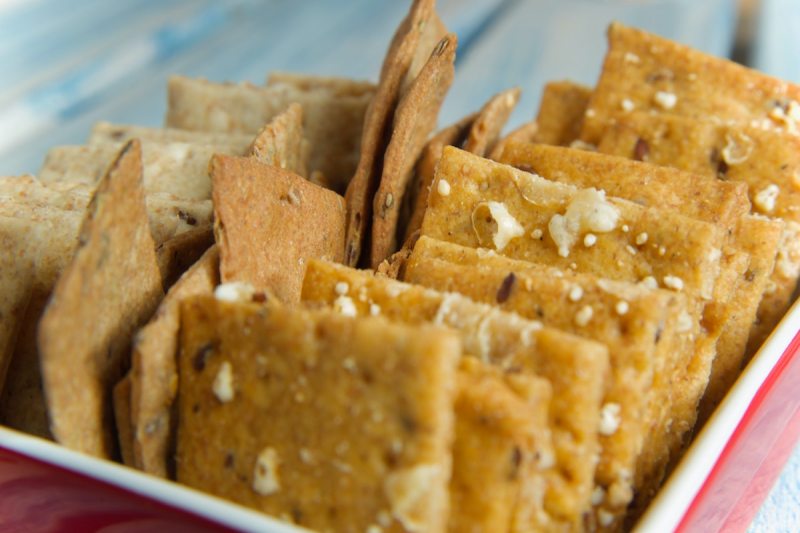
Crackers and cookies
Crackers and cookies are typically made with flour that contains gluten. Graham crackers, pita chips, certain tortilla chips, and even some potato chips may also contain gluten. Even ice creams that have cookies will contain small amounts of gluten. Many granola bars also contain gluten, but those that only use gluten-free oats and don’t contain wheat may be gluten-free.
Fortunately, if you have a penchant for sweets, there are many gluten-free cookie options these days. Even Oreos come in a gluten-free variety.
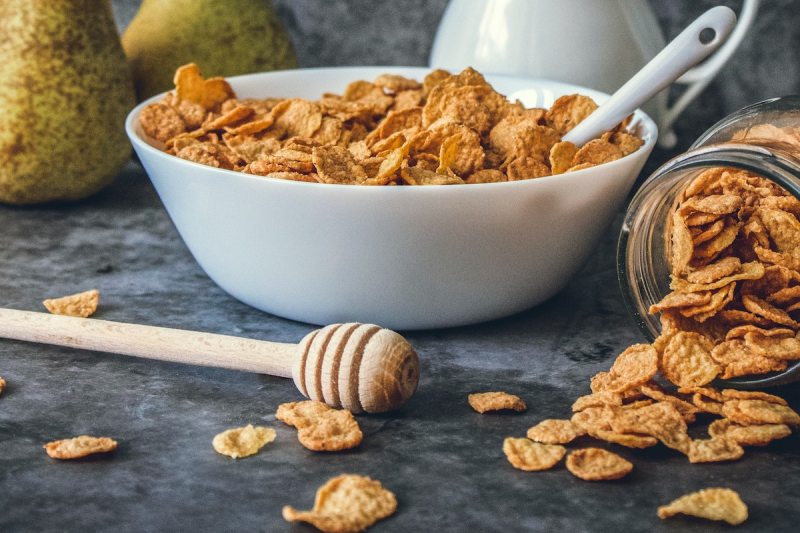
Breakfast cereal
Breakfast cereals can be a great way to get vitamins and minerals, such as iron, biotin, zinc, and vitamin B12, as well as whole grains. However, any cereal that contains wheat, rye, or barley will be high in gluten. This includes wheat bran, wheat germ, and varieties of wheat like spelt, durum, and einkorn. Look for oat or corn-based cereals marked gluten-free.
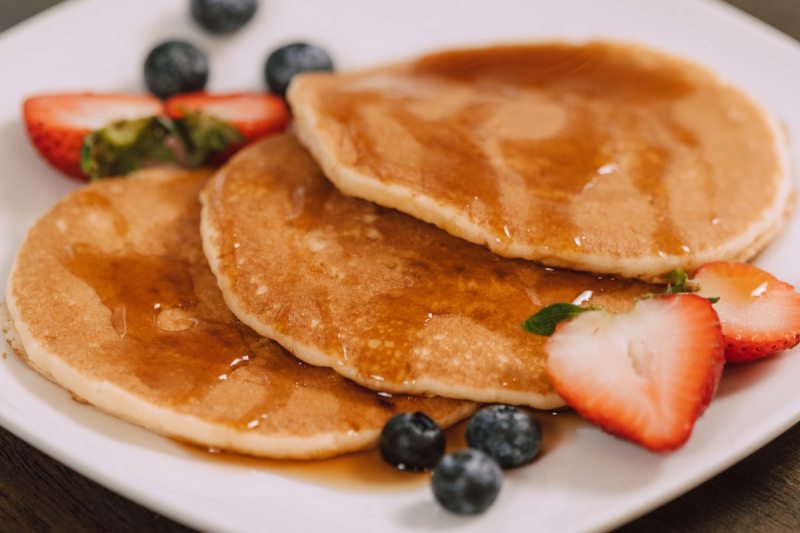
Pancakes and waffles
Pancakes, waffles, crepes, and any variation therein are high in gluten unless they are made from gluten-free flour. There are grain-free pancake mixes made with almond flour, or you can whip up gluten-free protein pancakes made with egg whites, bananas, and protein powder.
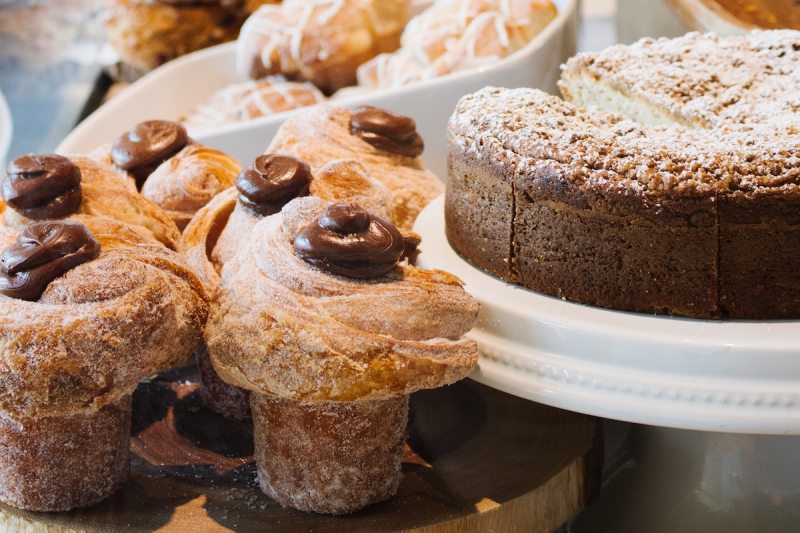
Pastries, pies, cakes, and muffins
Pastries like croissants, eclairs, pies, cakes, cookies, brownies, muffins, and cupcakes are all high in gluten. Similarly, you’ll want to avoid cereal bars, toaster pastries, hot pockets, or anything with a dough component.
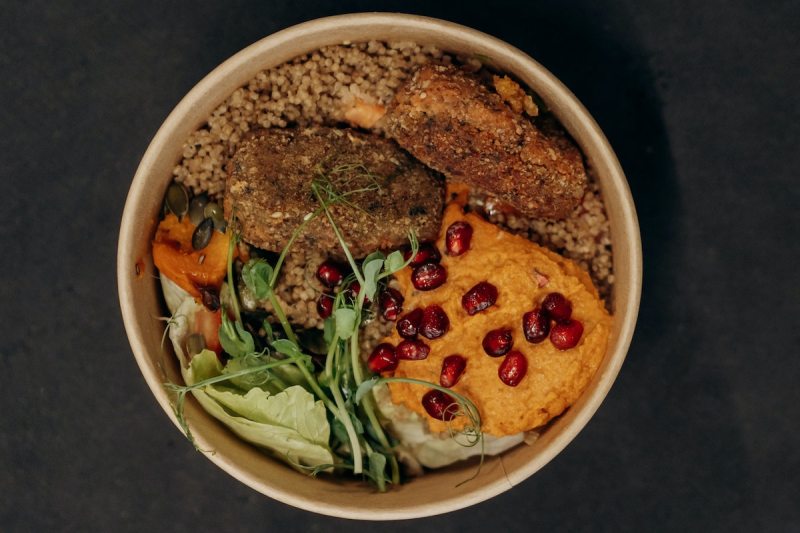
Seitan and vegan meat substitutes
Many vegan meat substitutes are actually very high in gluten. In fact, seitan, which is used as a meat substitute, is made nearly entirely from gluten. Since gluten is a protein, it can be an excellent source of muscle-building amino acids for those who can eat it, and it’s also quite high in iron. It has a meaty texture, as well, so it takes well to plant-based meat applications.
Many vegan chicken nuggets, veggie burgers, vegan sausages, and similar products are thus among the highest gluten-containing foods. In that vein, any vegan or meat-based product that’s breaded (chicken nuggets, onion rings, certain French fries, etc.) usually has gluten due to the flour for the breadcrumbs used.
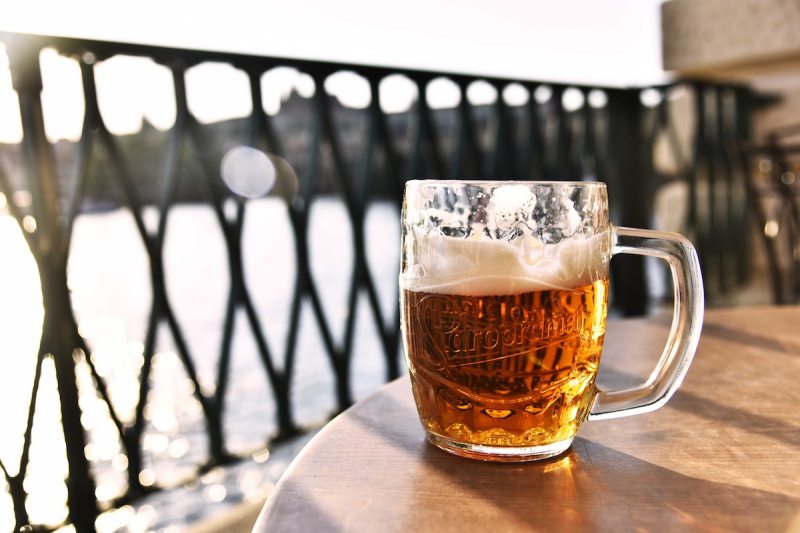
Beer and malted beverages
Beers, ales, and lagers often contain wheat, rye, or barley. Most malted beverages do contain gluten, though there are now some gluten-free beers that even those with celiac disease can enjoy.

Soy sauce, dressings, and condiments
While not necessarily high in gluten, lots of condiments do contain some amount of gluten and need to be avoided if you need to go entirely gluten-free. Soy sauce, Worcester sauce, many salad dressings and dips, any kind of malt extract, and marinades may contain gluten, so be sure to check the label before buying.
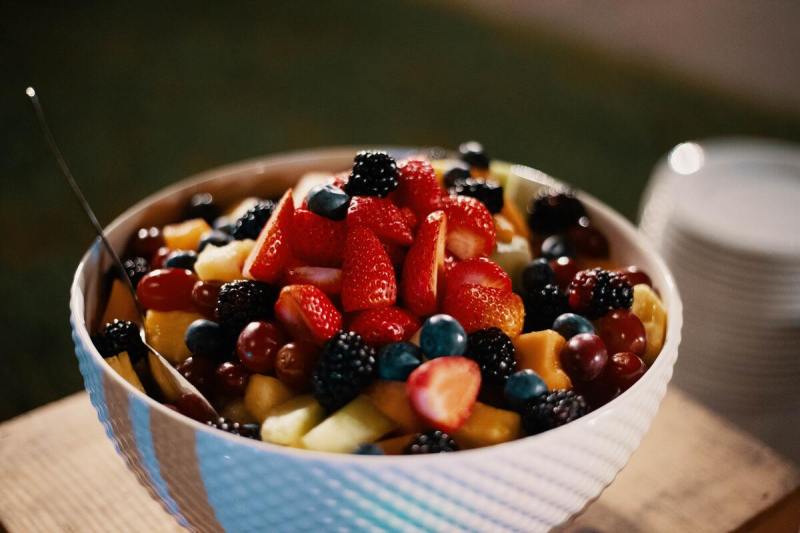
A quick guide to what you can eat on a gluten-free diet
Now, you for sure know what you can’t eat, but what about what you can? Here is a concise list to use as a reference for what you can fill your shopping cart with.
- Fruit
- Vegetables
- Cheese
- Yogurt
- Beans and legumes
- Meat and seafood
- Nuts and seeds
Editors' Recommendations
- Is honey a superfood? Here are 10 reasons we think so
- 11 delicious high-carb foods that are actually healthy for you
- The chromium benefits you should know about (and the best food sources for you)
- You’ve probably never grilled these 10 foods…but you should
- 9 best food sources for getting beta-carotene in your diet




